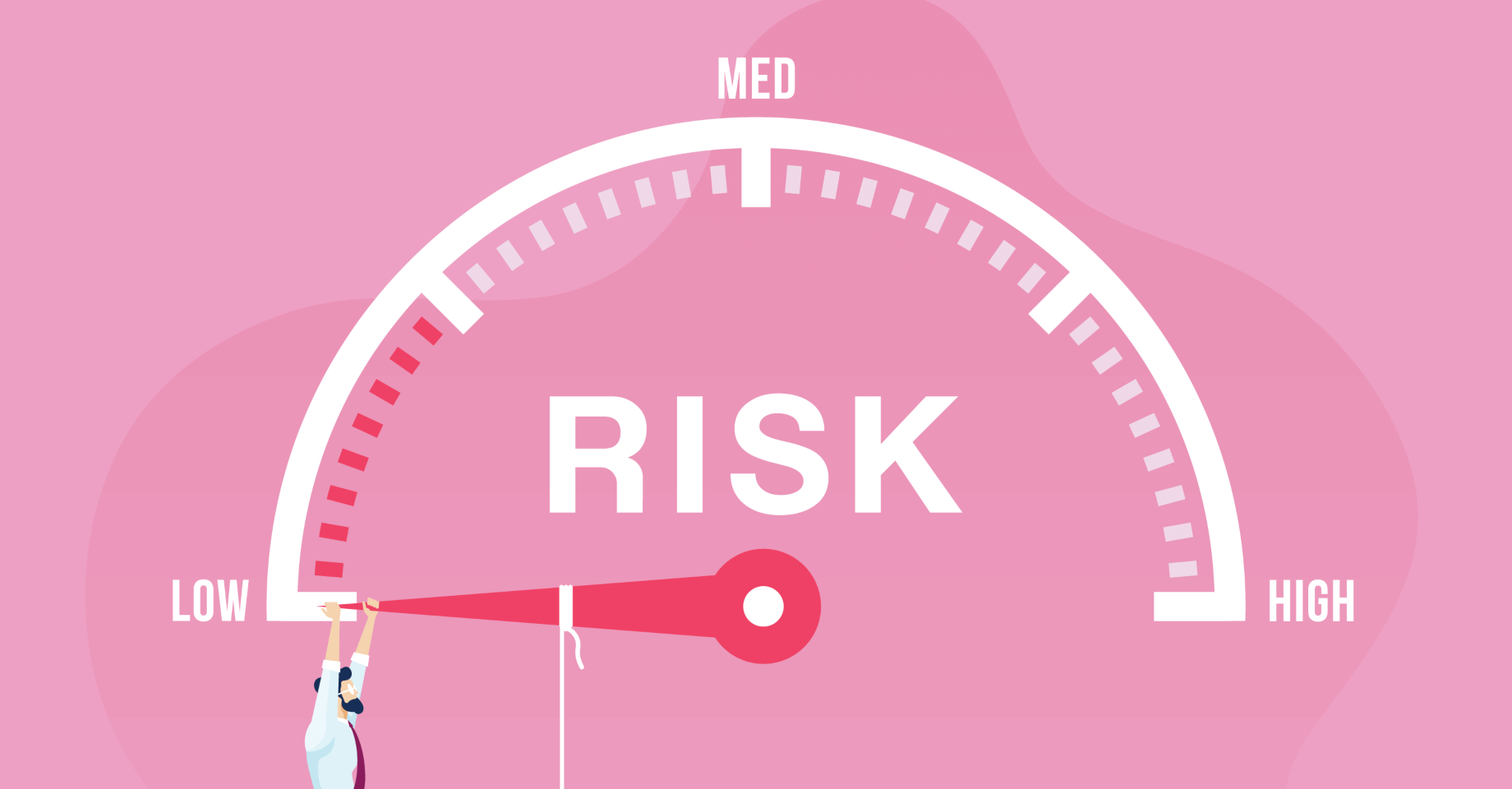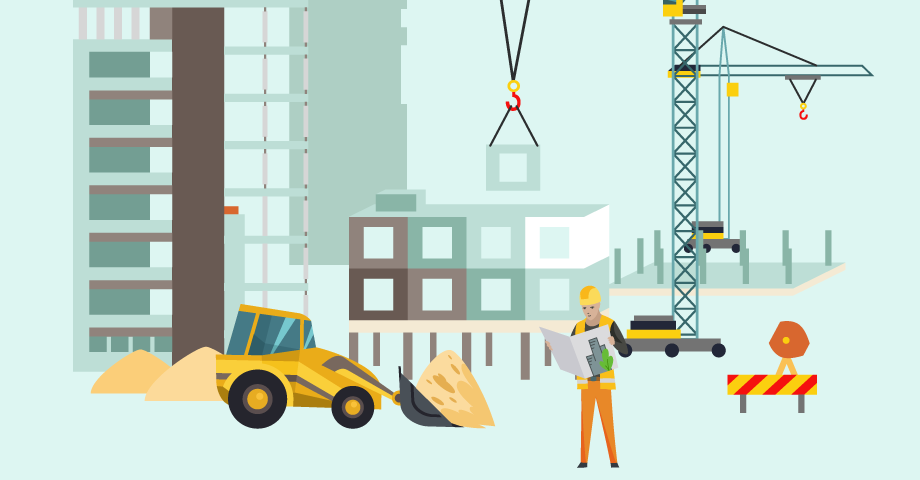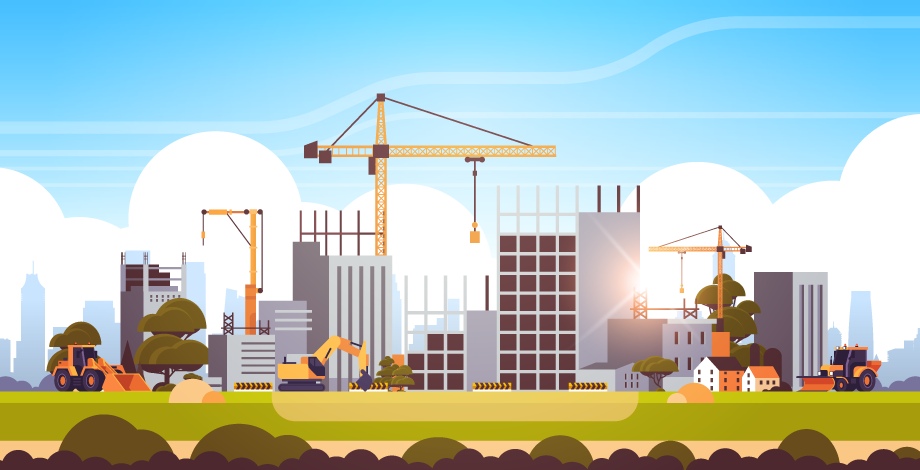-

How to Streamline Your Draw Request Process by 75%
Speed up draw requests with automation built for real estate development teams.
-

First Half Recap: CRE Shows Resilience Amid Headwinds in 2025
Here’s where developers can find opportunities in the second half of 2025.
-

Why CapEx Is Gaining Momentum in Today’s Market
Everything CRE developers need to know about the summer interest rate outlook.
-

No Summer Rate Cut: CRE Developers Shift Focus to the Fall
Everything CRE developers need to know about the summer interest rate outlook.
-

The State of Predictive Analytics in Commercial Real Estate
How predictive analytics helps real estate teams plan smarter and reduce project risk.
-

5 Must-Know Classes of Property in Real Estate
Learn how different property classes impact real estate strategy and investment outcomes.
-

Real Estate Data Analytics: Ensuring Project Success
How developers can benefit from a data-driven strategy.
-

Tariff Update: What Commercial Real Estate Developers Need to Know
Everything CRE developers need to know about tariff policies.
-

Inside the Build-to-Rent Boom and the Runway Ahead
Build-to-rent communities remain a promising asset class for developers.